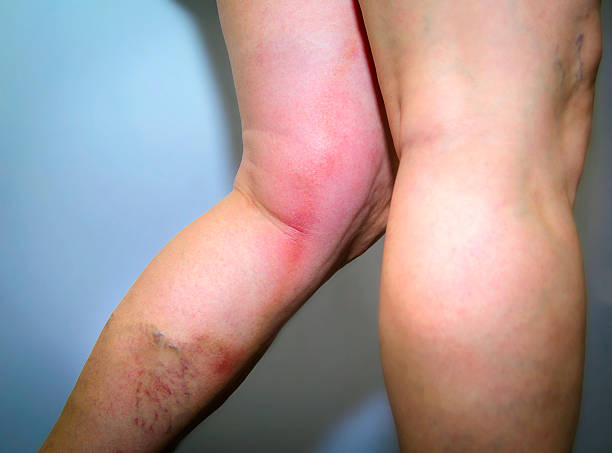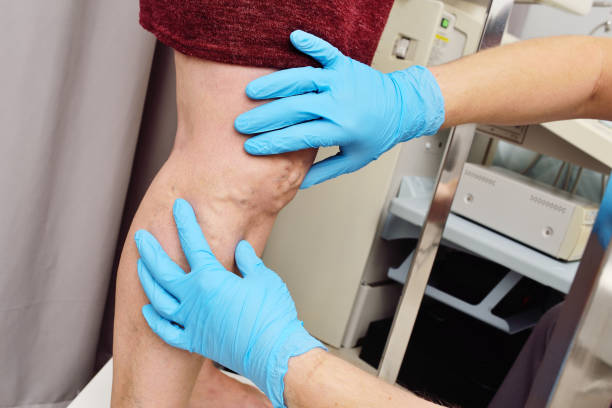Thrombosis is a serious medical condition that occurs when a blood clot forms within a blood vessel, obstructing the flow of blood. This can lead to serious health complications, including heart attack, stroke, and deep vein thrombosis (DVT). It is important to be aware of the symptoms of thrombosis and seek prompt treatment to reduce the risk of these complications.
Symptoms of Thrombosis
The symptoms of thrombosis can vary depending on the location of the clot and the severity of the obstruction. However, some common symptoms include:
Swelling: One of the most noticeable symptoms of thrombosis is swelling in the affected area. This can occur in the legs, arms, or other parts of the body.
Pain: Thrombosis can cause pain in the affected area, especially if the clot is located in a limb. This pain may be severe and may worsen with movement.
Redness: The skin over the affected area may become red and warm to the touch. This is a sign of inflammation and can indicate the presence of a blood clot.
Numbness or Tingling: Thrombosis can cause numbness or tingling in the affected area, especially if the clot is located in a limb.
Fainting or Lightheadedness: If the clot obstructs the flow of blood to the brain, it can cause fainting or lightheadedness.
Chest Pain: If the clot is located in the blood vessels of the heart, it can cause chest pain and increase the risk of heart attack.
Difficulty Breathing: If the clot is located in the lungs, it can cause shortness of breath and difficulty breathing.
If you experience any of these symptoms, it is important to seek medical attention promptly. Early treatment can reduce the risk of serious health complications and improve your chances of making a full recovery.
Treatment for Thrombosis
The treatment for thrombosis depends on the location of the clot and the severity of the obstruction. Some common treatments include:
Anticoagulants: Anticoagulants, also known as blood thinners, are drugs that prevent the formation of new clots and reduce the risk of complications. Common anticoagulants include warfarin, heparin, and dabigatran.
Thrombolytics: Thrombolytics are drugs that dissolve existing clots. These drugs are used in emergency situations and can be life-saving in some cases.
Compression Stockings: Compression stockings can be used to improve blood flow and reduce the risk of DVT. These stockings apply pressure to the affected area, which helps to prevent the formation of clots.
Filters: In some cases, filters may be placed in the vena cava to prevent clots from traveling to the lungs and causing serious health complications.
Surgery: In severe cases, surgery may be necessary to remove the clot and restore blood flow.
In addition to these treatments, lifestyle changes can also help to reduce the risk of thrombosis and improve overall health. This includes staying active, maintaining a healthy weight, and avoiding smoking and excessive alcohol consumption.
Conclusion
Thrombosis is a serious medical condition that occurs when a blood clot forms within a blood vessel, obstructing the flow of blood.

 Home
Home Health
Health Diet & Nutrition
Diet & Nutrition Living Well
Living Well More
More












